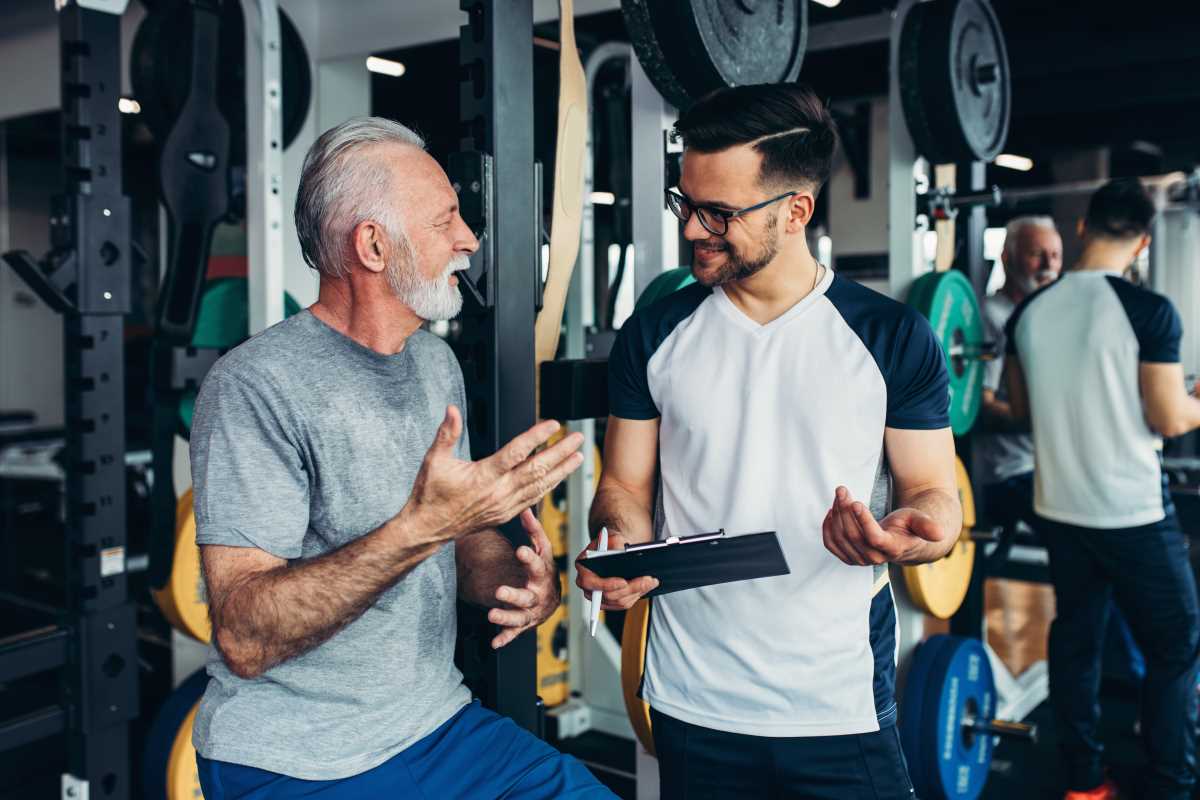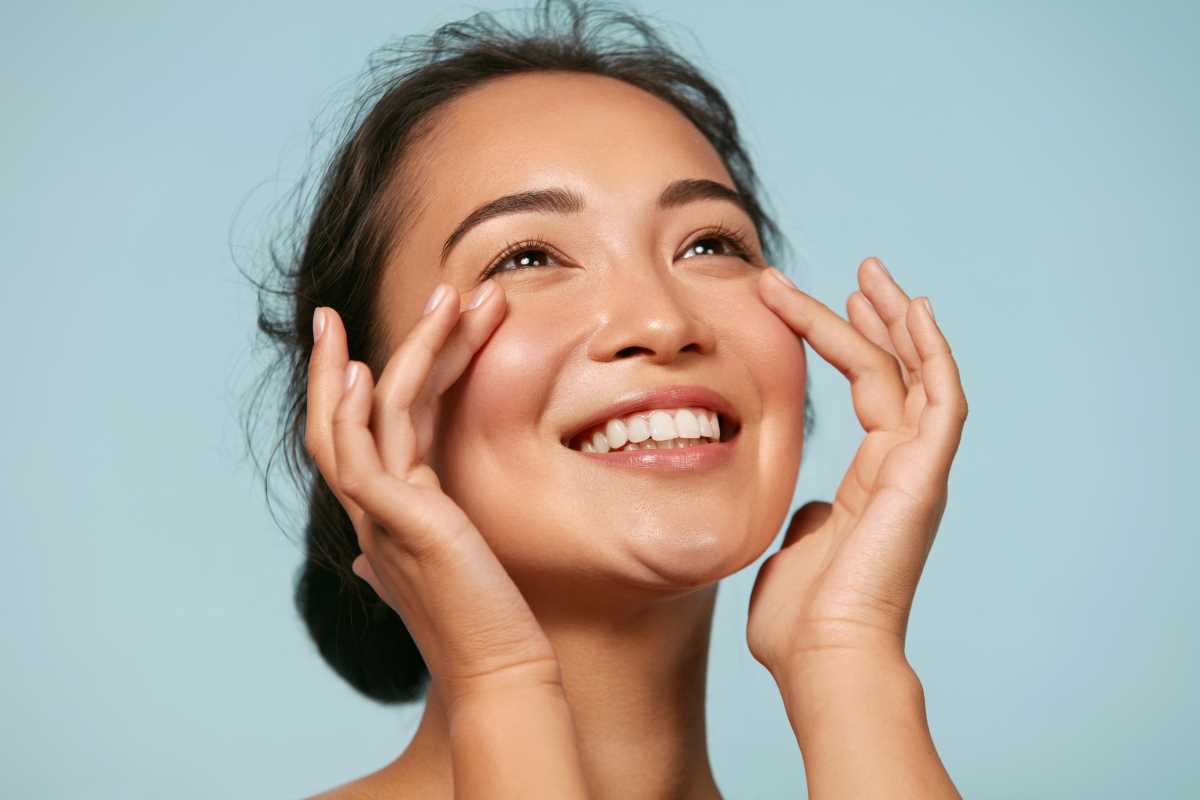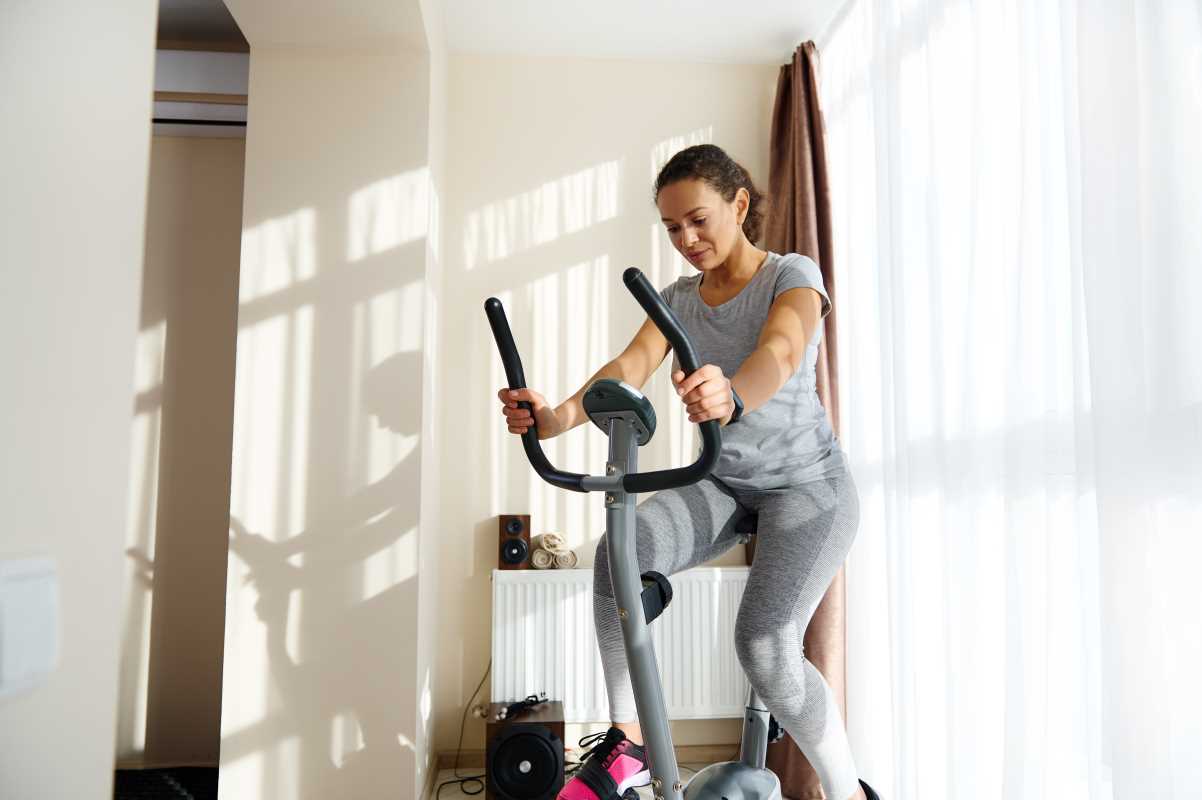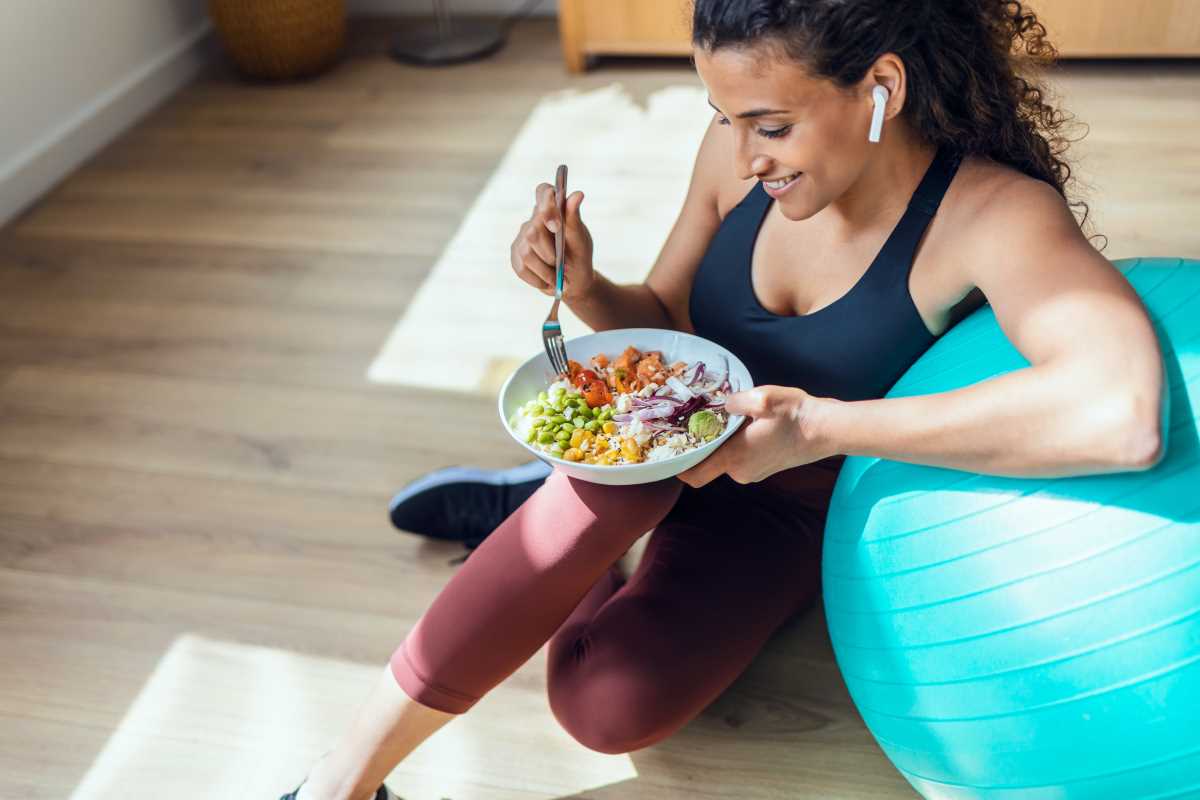Staying active is crucial for seniors to maintain good health and quality of life. As we age, our bodies naturally experience changes that can impact mobility, strength, and overall fitness. However, regular exercise can help mitigate these effects, enabling seniors to remain independent, reduce the risk of chronic diseases, and improve mental health. Finding safe exercise options that are gentle yet effective is key to staying fit and mobile in the golden years. In this article, we will explore several safe exercise options tailored specifically for seniors, emphasizing the importance of each and offering tips for integrating them into a regular routine.
Low-Impact Cardiovascular Exercises
Engaging in low-impact cardiovascular exercises is one of the best ways for seniors to improve heart health and overall endurance without placing undue stress on their joints. Activities such as walking, swimming, or cycling provide an excellent cardiovascular workout while being gentle on the body. These exercises help increase heart rate and blood circulation, which are essential for maintaining cardiovascular health.
Walking is perhaps the most accessible and flexible form of exercise for seniors. It can be done almost anywhere, at any time, and at a pace that suits the individual's fitness level. Whether it's a leisurely stroll around the neighborhood or a more brisk walk in a park, walking helps improve cardiovascular health, strengthen muscles, and boost mood.
Swimming is another fantastic option, particularly for those with joint issues or arthritis. The buoyancy of water reduces the impact on joints, making it easier and more comfortable to move. Swimming engages multiple muscle groups, enhances flexibility, and improves cardiovascular endurance. Additionally, the resistance of water adds a gentle strength-training component to the workout.
Cycling, whether on a stationary bike or a traditional bicycle, is another low-impact exercise that can significantly benefit seniors. It promotes heart health, strengthens leg muscles, and can be a fun and social activity. Stationary bikes are especially beneficial for those with balance issues, as they provide stability while allowing for a good workout.
Strength Training with Light Weights
Incorporating strength training into a senior's exercise routine is essential for maintaining muscle mass, improving balance, and reducing the risk of falls. As we age, muscle mass naturally declines, which can lead to frailty and an increased risk of injury. Strength training helps counteract this decline by building and maintaining muscle strength.
Light weights or resistance bands are ideal tools for seniors to use in strength training. Exercises such as bicep curls, leg lifts, and shoulder presses can be done with minimal equipment and adjusted to suit the individual's ability. Strength training also supports bone health, which is particularly important for seniors at risk of osteoporosis.
One of the key benefits of strength training is its ability to enhance balance and coordination. Improved balance reduces the likelihood of falls, which are a leading cause of injury among seniors. By incorporating strength exercises into their routine, seniors can maintain their independence and confidence in daily activities.
Yoga and Tai Chi
Yoga and Tai Chi are mind-body exercises that offer a holistic approach to fitness for seniors. These practices focus on gentle movements, stretching, and breathing techniques that improve flexibility, balance, and mental well-being.
Yoga offers various styles that can be adapted to suit seniors of all fitness levels. For example, chair yoga is an excellent option for those with limited mobility, as it allows participants to perform poses while seated. Yoga helps improve flexibility, which is crucial for maintaining mobility and preventing injuries. Additionally, the emphasis on deep breathing and mindfulness in yoga can reduce stress and promote relaxation.
Tai Chi, often described as "meditation in motion," is a practice that involves slow, deliberate movements combined with deep breathing. Tai Chi has been shown to improve balance, reduce the risk of falls, and enhance overall physical function in seniors. It is also beneficial for mental health, as the meditative aspects of Tai Chi help reduce anxiety and promote a sense of calm.
Both Yoga and Tai Chi can be practiced in group settings, which adds a social element that can be particularly beneficial for seniors. Participating in group classes fosters a sense of community, reduces feelings of isolation, and encourages regular participation.
Chair Exercises
For seniors with limited mobility or joint pain, chair exercises offer a safe and effective way to stay active. These exercises are performed while seated, making them accessible to those who may find traditional exercises challenging.
Chair exercises can include a variety of movements, such as leg lifts, arm curls, and seated twists. These exercises help improve strength, flexibility, and circulation without putting strain on the joints. They are particularly useful for seniors recovering from surgery or those with chronic conditions that limit mobility.
The beauty of chair exercises lies in their versatility. They can be easily modified to increase or decrease intensity based on the individual's fitness level. Chair exercises can also be performed at home with minimal equipment, making them a convenient option for seniors who may have difficulty accessing a gym or fitness center.
Balance and Stability Exercises
Maintaining balance and stability is critical for seniors to prevent falls and maintain independence. As we age, the systems that help us balance—such as vision, inner ear function, and muscle strength—can deteriorate, increasing the risk of falls.
Simple balance exercises such as standing on one leg, heel-to-toe walking, and hip extensions can significantly improve coordination and stability. These exercises are easy to incorporate into daily routines and can be done with the support of a chair or wall for added safety.
Incorporating balance exercises into a regular routine helps seniors feel more confident in their movements, reducing the fear of falling. This confidence translates into greater independence in performing daily activities, such as walking, climbing stairs, and getting in and out of chairs.
Water Aerobics
Water aerobics is a low-impact exercise option that is gentle on the joints while providing a full-body workout. Exercising in the water offers several benefits, including increased resistance, which helps build strength, and the buoyancy that reduces stress on the joints.
Water aerobics classes are often held in community pools and offer a fun, social way to stay active. The water's resistance adds intensity to the exercises, making it an effective workout for improving cardiovascular fitness, strength, and flexibility. Water aerobics is particularly beneficial for seniors with arthritis or other joint conditions, as it allows for pain-free movement.
In addition to physical benefits, water aerobics can also improve mental well-being. The social aspect of group classes, combined with the calming effects of water, can reduce stress and promote relaxation.
Tips for Staying Active
Incorporating a combination of these safe exercise options tailored for seniors can help improve overall health and well-being. However, it’s important for seniors to consult with their healthcare provider before starting any new exercise program to ensure safety and appropriateness for their individual needs. A healthcare provider can offer personalized recommendations based on the senior's medical history, current fitness level, and specific health goals.
Here are some tips to help seniors stay active:
Start Slowly: If you’re new to exercise, begin with short sessions and gradually increase the duration and intensity. This helps prevent injury and allows your body to adjust to the new activity.
Listen to Your Body: Pay attention to how your body feels during and after exercise. If something doesn’t feel right, stop and consult a healthcare professional.
Stay Hydrated: Drink plenty of water before, during, and after exercise to stay hydrated, especially if you’re exercising outdoors or in warm environments.
Wear Comfortable Clothing: Choose clothing and footwear that are comfortable and appropriate for the type of exercise you’re doing.
Make it Social: Exercise with friends or join a class to make staying active more enjoyable and to stay motivated.
Set Realistic Goals: Set achievable goals that you can work towards, such as walking a certain distance or holding a balance pose for a specific amount of time.
By staying active with gentle and effective exercises, seniors can maintain a healthy lifestyle and enjoy the many benefits of regular physical activity in their golden years. From improved mobility and strength to better mental health and social connections, the positive impacts of exercise are profound and far-reaching. So, lace up those walking shoes, unroll that yoga mat, or dive into the pool—your body and mind will thank you!
(Image via Adobe)
 (Image via
(Image via





